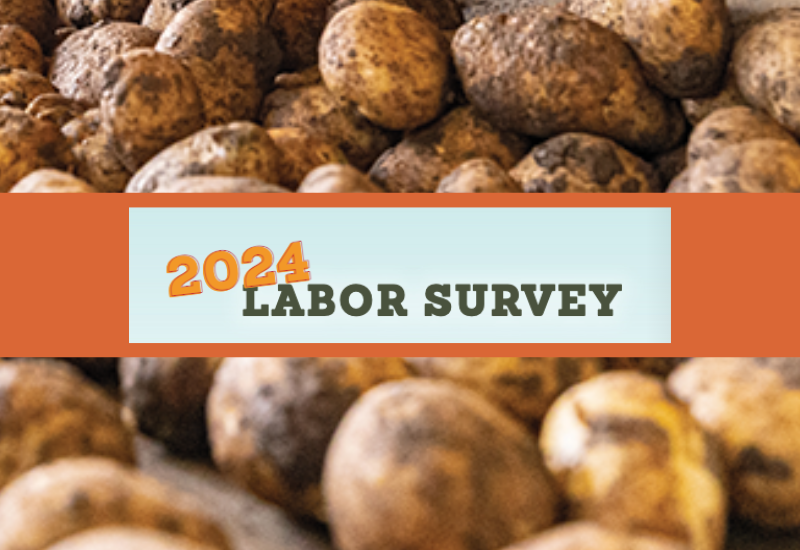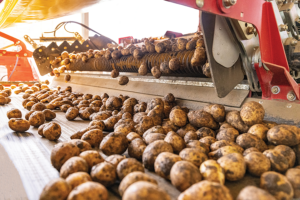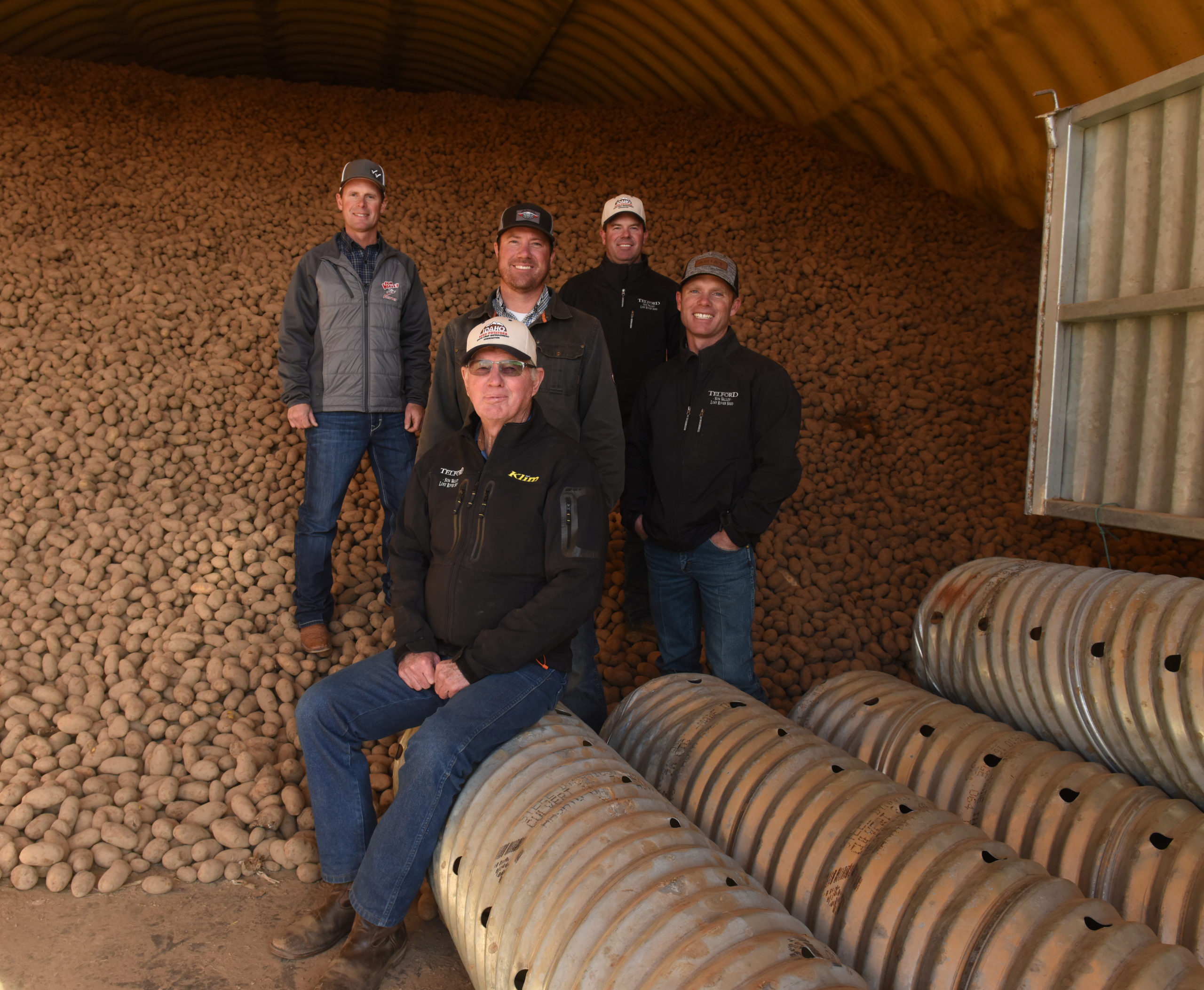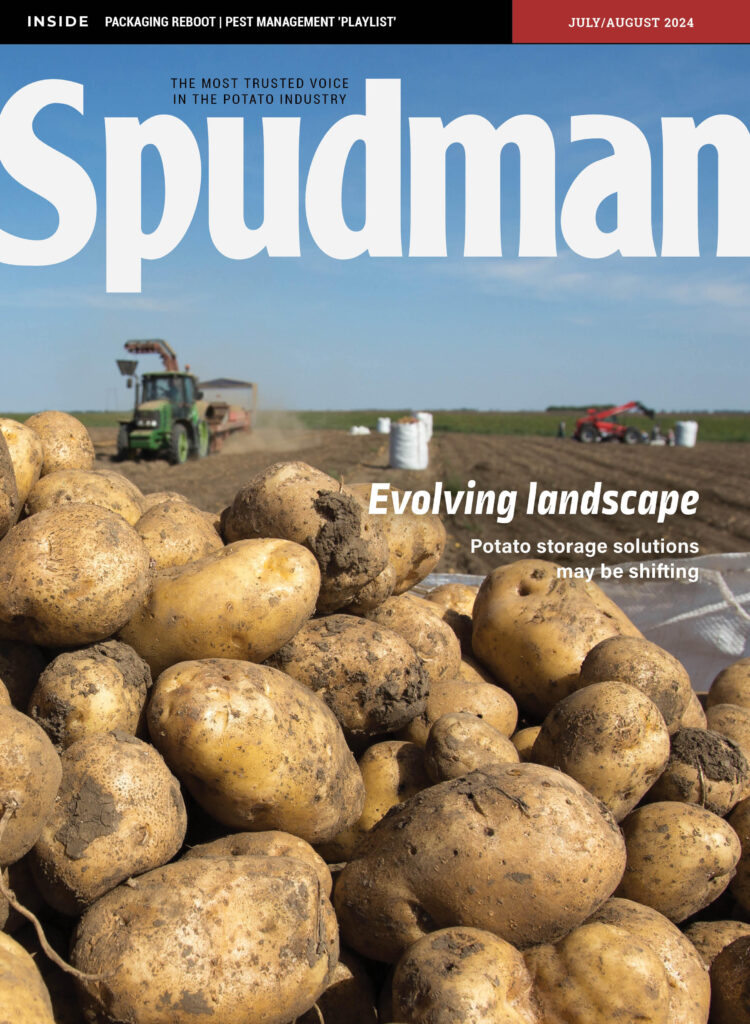
2024 Labor Report highlights grower concerns
In a recent survey conducted by Spudman, potato growers throughout the U.S. provided valuable insights into cultivation practices, labor issues and solutions to challenges faced.
The survey, which also included responses from Canadian growers, shed light on the types of potato varieties grown, labor availability, the use of H-2A labor and strategies to address labor shortages.
H-2A INSIGHTS
Regarding labor availability, the survey indicated that 63.16% of respondents had enough labor in 2023, while 36.84% reported labor shortages — an improvement from 2022, which indicated about 50% surveyed did not have enough labor. Of those experiencing shortages, the majority (85.71%) reported that less than 10% of their crop went unharvested.
Furthermore, 60% of respondents reported using H-2A labor, with a significant portion (72.73%) outsourcing the recruitment process to specialized companies. In previous surveys, respondents indicated H-2A workers were used by approximately 22% of surveyed growers (2019) and 36% (2023).
Download the 2024 Spudman Labor Survey results
Additionally, 36.36% of respondents outsourced the entire H-2A process and labor management. More than half of the respondents (54.55%) expressed openness to outsourcing the entire H-2A process, indicating a willingness to explore alternative labor solutions.
Respondents highlighted several challenges associated with the H-2A program, including its complexity, high costs and annual increases in wage requirements. Many expressed concerns about the program’s sustainability as well as its impact on business profitability and viability, but some felt the program remained essential to operations.
“Wage requirements are difficult, but H-2A is necessary,” one respondent said. “(There is) not enough local help.”
Another said: “The H-2A requirements and wages are making the program tougher and tougher each year, but we have no choice in order to stay in business.”

LABOR SHORTAGE STRATEGIES
To address labor shortages in 2024, respondents indicated various strategies, including automation (43.75%), hiring interns or local seasonal workers (37.50%) and doing tasks themselves (37.50%). Additionally, some respondents mentioned expanding the use of H-2A employees and investing in more equipment.
In 2023, Spudman’s labor survey noted that growers’ strategy to combat labor shortages included hiring interns using and expanding the use of H-2A workers, increasing mechanization, increasing wages, cutting acreage, using farm labor contractors and even finding undocumented workers.
This year, automation has taken on an increased importance, and growers indicated it is seen as a promising solution. Respondents shared that automation is being considered for tasks such as grading, harvesting, packing and planting. However, concerns were raised about the financial feasibility of implementing automation and its potential impact on job availability.
GROWER INSIGHTS
Respondents shared additional thoughts on the broader labor situation in agriculture, expressing concerns about rising labor costs, challenges in finding suitable labor and the societal impact of shifts away from manual labor. There was frustration with perceived unfair competition and a lack of support and regulation in controlling costs for producers.
The survey highlighted the intricacies of issues faced by potato growers, including the challenges associated with the H-2A program, labor shortages and the need for innovative solutions such as automation. As the industry continues to evolve, addressing these challenges will be crucial for ensuring the sustainability and profitability of potato farming operations.







